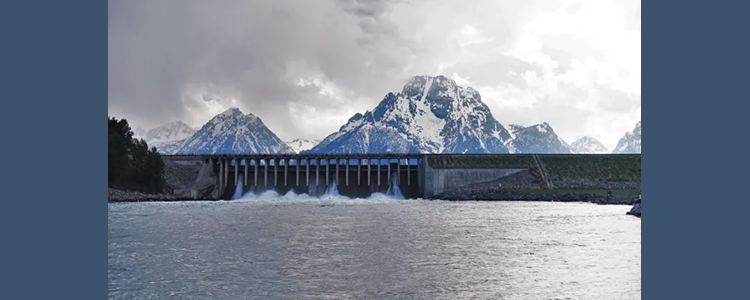||| FROM POST ALLEY ||| AT REQUEST OF ORCASONIAN READER
Earthshaking! Hard to believe! Transformational! Dams are bad for salmon! Who would have guessed? So we learn from a new report by the National Oceanic and Atmospheric Administration (NOAA) on the problems of Columbia River system salmon and possible solutions to those problems. Don’t yawn — there are hopeful signs amid the banalities.
The report, released July 12 by Biden’s White House Council on Environmental Quality (CEQ), noted that “[u]nsurprisingly, given the broad weight of evidence, hydrosystem-related limiting factors have the largest impacts on survival for the most interior (furthest upstream) stocks, including all four extant lower Snake River basin stocks, and four of the six upper Columbia River stocks.“ Last month, the group put together by Gov. Jay Inslee and Sen. Patty Murray to look at alternatives to the dams’ existence issued a draft report that also found breaching those dams would be good news for salmon.
Arguably, these blinding realizations were overdue. This handwriting has been on the wall – or the dam face – along the lower Snake for a long time.
April marked an anniversary that generally calls for celebration. In April of 1992, the federal government listed two populations of Snake River Chinook salmon as threatened species, one being Snake River sockeye – the all-but-extinct red fish of Idaho’s Redfish Lake – which had been listed the year before. By now, some 13 Columbia Basin salmon populations have been listed. (Those 13 are luckier than other populations that have long since gone extinct, only some destroyed by accident.)
Everything the federal government has done to bring back Columbia River system salmon has failed. That isn’t news. Nor is the idea that breaching dams on the lower Snake would help fish.
So where does this leave us in the long drama about Snake River dams? Under the Endangered Species Act, NOAA’s National Marine Fisheries Service must prepare Biological Opinions (BiOps) on the ways operation of the federal Columbia River system dams affect endangered salmon. Six years ago, when U.S. District Judge Michael Simon rejected the federal government’s latest BiOp — the fifth straight time a federal judge had rejected a Columbia River BiOp – Judge Simon didn’t order the feds to consider breaching dams on the lower Snake, but he dropped a broad hint. “Judge Redden [Simon’s predecessor in the case, who had thrown out three previous BiOps], both formally in opinions and informally in letters to the parties, urged the relevant consulting and action agencies to consider breaching one or more of the four dams on the Lower Snake River,” Judge Simon said. “For more than 20 years, however, the federal agencies have ignored these admonishments and have continued to focus essentially on the same approach to saving the listed species…. These efforts have already cost billions of dollars, yet they are failing.”








